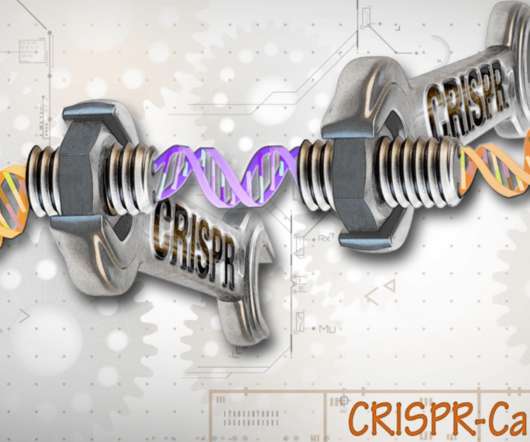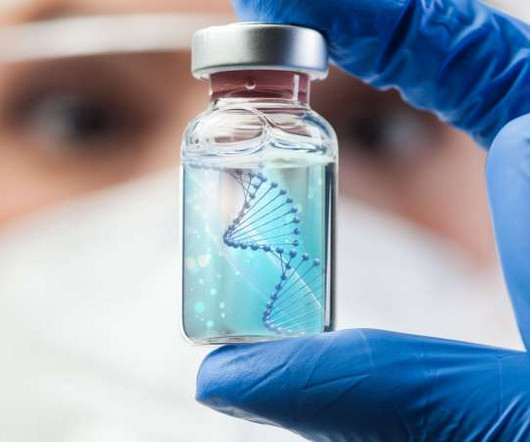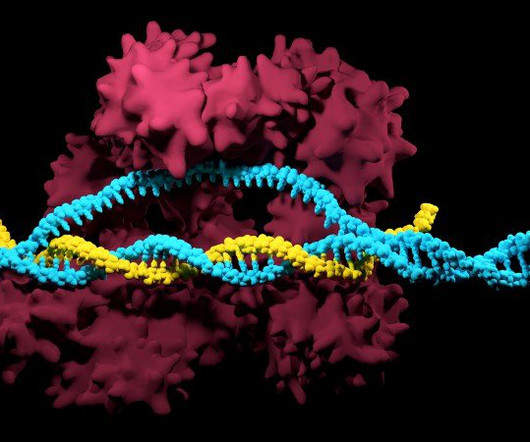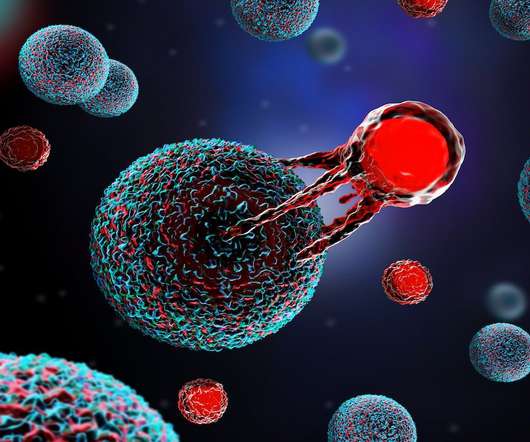Drug discovery hotspots: What is the secret to Switzerland’s success? (p1)
Drug Discovery World
JULY 2, 2024
For example, biotechs Actelion and Light Chain Bioscience/Novimmune were both started by Roche scientists. In another example, university of Basel spin-off T3 Pharma reached Phase I development of a cancer therapy that harnesses the natural behaviours of live bacteria before being acquired by Boehringer Ingelheim for $509m at the end of 2023.
















Let's personalize your content